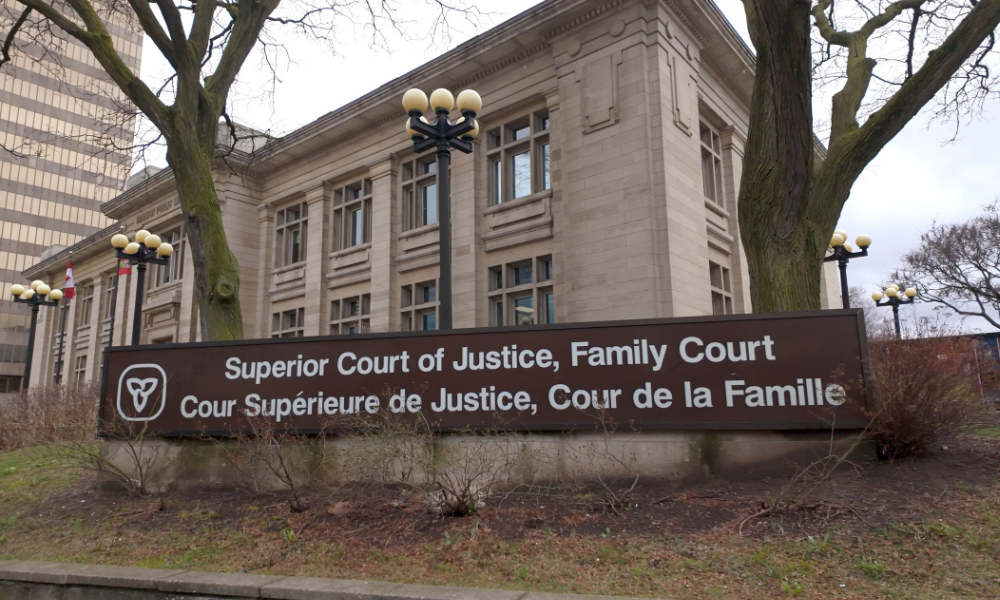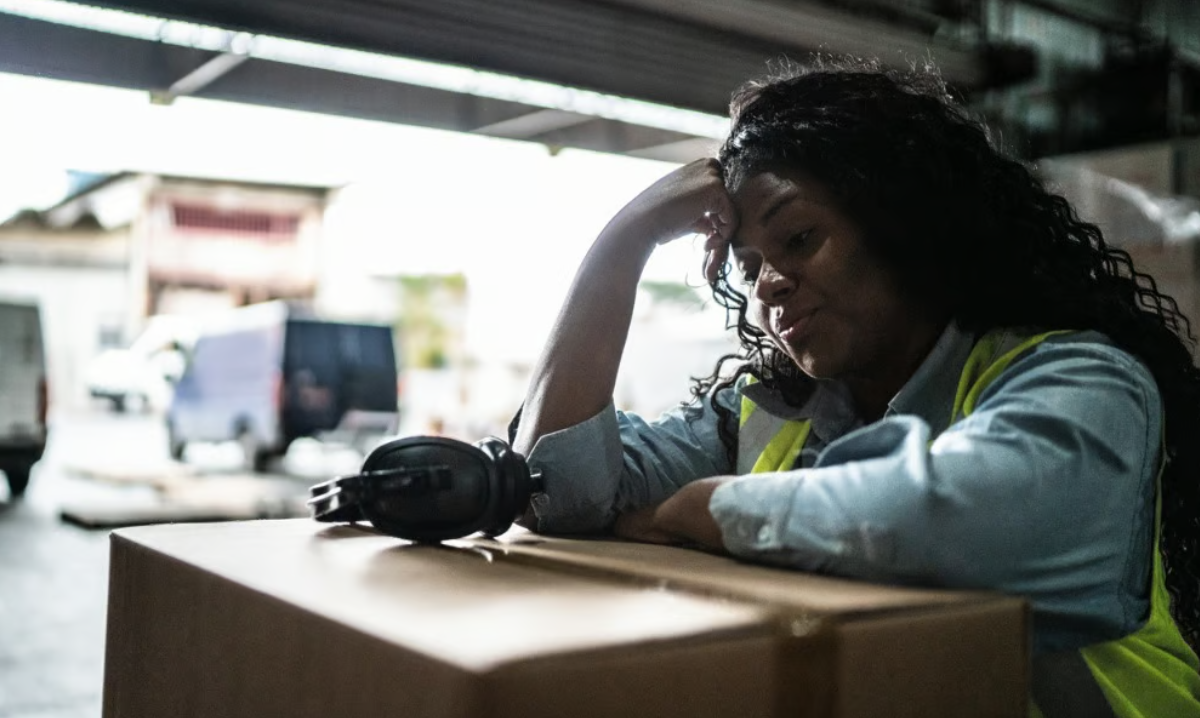How to reduce the risk of trips and falls at your work site

Preventing slips in the workplace must be among the priorities of any health and safety committee.
This is because more than 42,000 workers get injured annually due to fall incidents in the workplace, and 67 percent of these are due to slips and trips, according to the Canadian Centre for Occupational Health and Safety (CCOHS).
“Both slips and trips result from some a kind of unintended or unexpected change in the contact between the feet and the ground or walking surface,” according to CCOHS. “This fact shows that good housekeeping, quality of walking surfaces (flooring), selection of proper footwear, and appropriate pace of walking are critical for preventing fall incidents.”
Read more: Preventing workplace slips, trips, and falls
What is considered a trip hazard?
Tripping hazard means any abrupt rise, spalling walks, sunken or raised walkways or other conditions that could cause tripping, according to Law Insider.
“You can slip when you lose your footing, you can trip when you catch your foot on or in something,” according to the United States’ Centers for Disease Control and Prevention (CDC).
In the context of a workplace, the following are among the common trip hazards, according to the Ontario government:
- slippery surfaces (for example, oily or greasy surfaces)
- seasonal slip, trip and fall hazards (for example, snow and ice)
- spills of wet or dry substances
- changes in walkway levels and slopes
- unsecured mats
- unsafe use of ladders
- poor lighting
- falls from beds of trucks, trailers or loads
- debris and cables in walkways
- smoke, steam or dust obscuring view
- unsuitable footwear
- poorly maintained equipment (for example, ladders, fall arrest, etc.)
WorkSafeBC adds that trips and falls can happen when people lose their balance after their feet collide with objects, and cluttered walkways and uncovered cables are also among the tripping hazards in the workplace.
How to prevent trip hazards in the workplace?
According to CCOHS, good housekeeping is the first and most important level of preventing slips and trips in the workplace. This involves:
- cleaning all spills immediately
- marking spills and wet areas
- mopping or sweeping debris from floors
- removing obstacles from walkways and always keeping walkways free of clutter
- securing (tacking, taping, etc.) mats, rugs and carpets that do not lay flat
- always closing file cabinet or storage drawers
- covering cables that cross walkways
- keeping working areas and walkways well lit
- replacing used light bulbs and faulty switches
- Without good housekeeping practices, any other preventive measures such as installation of sophisticated flooring, specialty footwear or training on techniques of walking and safe falling will never be fully effective.
The second level of preventing slips or trips is changing or modifying walking surfaces, according to CCOHS.
“Recoating or replacing floors, installing mats, pressure-sensitive abrasive strips or abrasive-filled paint-on coating and metal or synthetic decking can further improve safety and reduce risk of falling,” it said.
Read more: The five most common types of workplace injuries
Meanwhile, in workplaces where floors may be oily or wet or where workers spend considerable time outdoors, prevention of fall incidents should focus on selecting proper footwear.
“Properly fitting footwear increases comfort and prevents fatigue which, in turn, improves safety for the employee,” said CCOHS.
Safety Notes adds that properly managing materials and cables and posting precautionary trip hazard signs can also help workers avoid slipping or tripping in the workplace.
To prevent slip and trips in the workplace, employers must take every precaution reasonable in the circumstances for the protection of workers, according to the Ontario government. They must also “provide information, instruction, and supervision to workers to protect the health or safety of the workers”; and “acquaint workers and supervisors with any slip, trip, or fall hazard in the work and in the handling, storage, and use of any article, device, or equipment.”
These duties may involve:
- identifying and assessing the risk of job-specific slip, trip and fall hazards
- establishing controls to eliminate or reduce workers’ exposure to slip, trip and fall hazards
- ensuring the control measures are working
Meanwhile, workers can also do their part in preventing slips and trips in the workplace.
Read more: WorkSafeBC releases guide to preventing slips, trips, falls in the workplace
CDC suggests that workers do the following to ensure safety:
- If you see something you might slip or trip on, tell your supervisor right away.
- Clean up spills and anything slippery.
- Clear walkways, stairs, and lobbies of anything that might be a tripping hazard, such as cords, wires, empty boxes, and clutter.
- Clean off any slippery material on the rungs, steps, or feet of a ladder before you use it.





